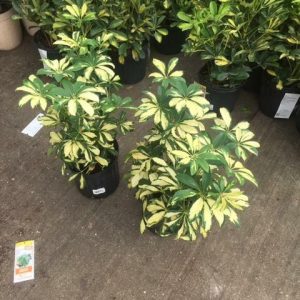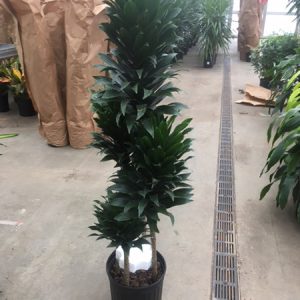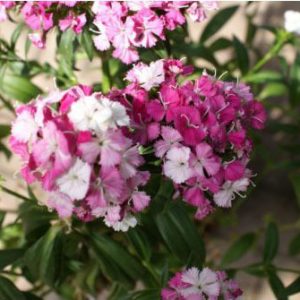Description
Carpinus – Hornbeam –
There are about 40 species of deciduous trees and shrubs, in this genus. They occur in woodland in cool climates areas of the Northern Hemisphere. They have alternate, prominently veined, smooth or toothed edged leaves and, in spring bear unisexual flowers in catkins, both male and female catkins are borne on the same plant. Hornbeams are grown for their elegant habit, ornamental foliage, autumn color, and pendent leafy bracted racemes of fruit. They are attractive specimen trees for a park or woodland, and are excellent for hedging.
Grow in moderately fertile, well drained soil in sun or partial shade.
Prone to powdery mildew, cankers, dieback, and wood-rotting fungi.
C. viminea – Himalayan Hornbeam – This rarely grown small tree to about 15′ feet tall is from the Himalayan region. The branches are often pendulous and the leaves are particularly attractive being doubly toothed with very prominent veining and emerge in coppery red tones.
Zones 6-9





